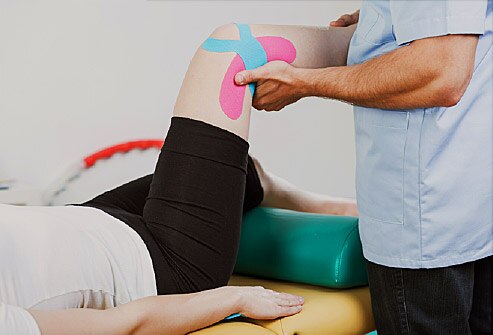Knee
Home » Knee
At Advanced Pain Relief, We Understand How To Diagnose And Treat A Wide Variety Of Conditions Using A Personalized Approach.
Knee Conditions
If you’ve hurt your knee, you are in good hands with your chiropractor. He or she will start out by determining which structure in your knee is causing you pain. Have you sprained a ligament? Did you pull a muscle? Knee pain can also come from problems in your low back. And in some cases, poor foot mechanics or flat feet can contribute to your aching knees. Once your chiropractor has determined the cause, he or she can implement an effective management plan that may include adjustments, physiotherapeutic modalities, such as ultrasound, and possibly orthotics or a knee brace recommendation.

